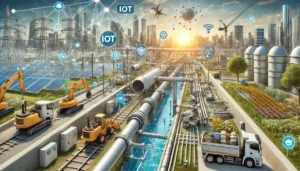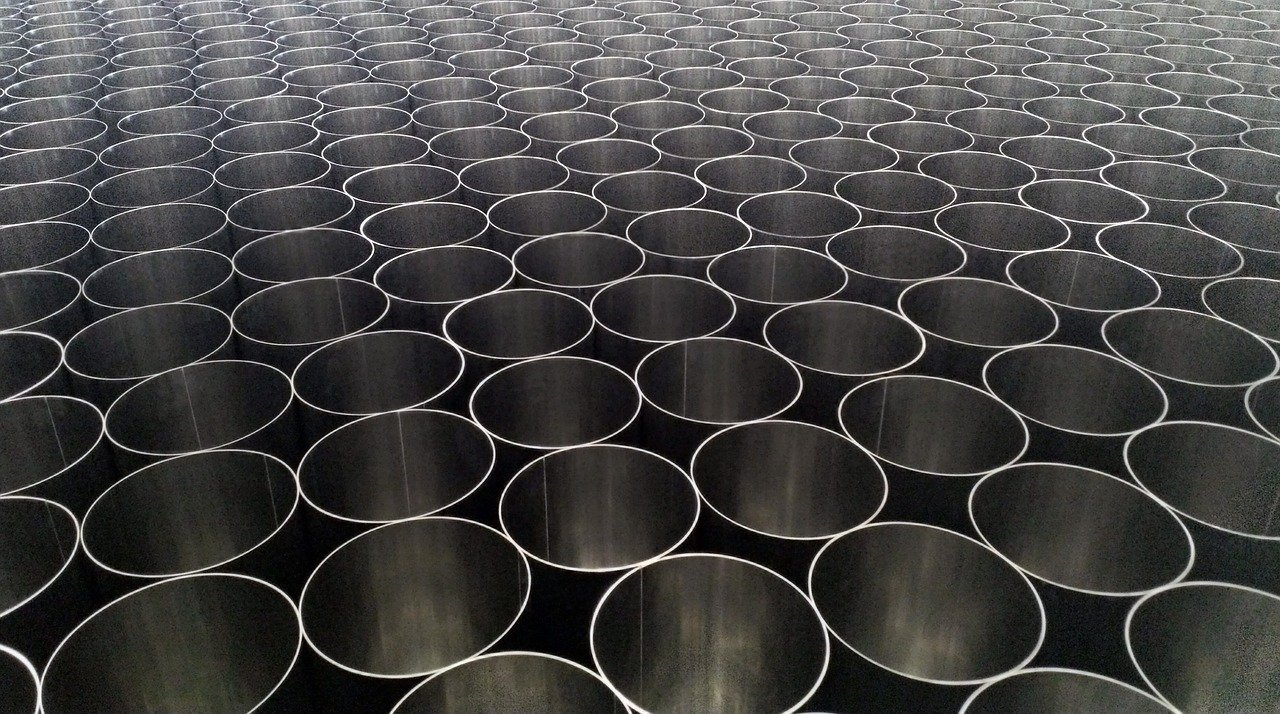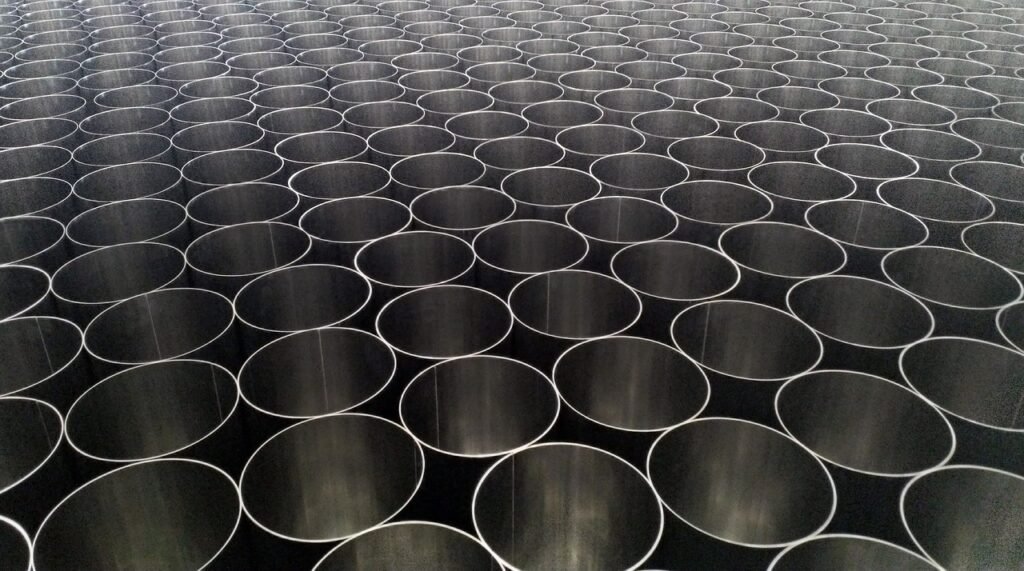The year 2025 brings new technologies, innovations and materials that are transforming and improving the design and maintenance of outdoor engineering networks. These networks, including water supply, wastewater, electricity and telecommunications systems, are important not only for urban infrastructure but also for society as a whole. Here are the key trends and innovations of interest to engineers and professionals in the field of outdoor utilities.

1. Digital transformation and IoT (Internet of Things) solutions
Digital technologies are becoming increasingly important in outdoor engineering networks. Using IoT devices, engineers can remotely monitor and control network elements such as water supply lines, wastewater systems or power supply equipment. Sensors that collect data on the status of networks (e.g. pressure, temperature, flow) allow problems to be quickly identified and downtime reduced. This not only improves maintenance but also helps to optimise energy use.
Benefits:
- More efficient network management and maintenance.
- Reduced running costs due to early detection of problems.
- Faster response to faults.
Disadvantages:
- High initial investment in technology.
- Cybersecurity challenges.
2. Innovative materials and eco-friendly solutions
One of the most important trends is the use of environmentally friendly and more sustainable materials in outdoor utility networks. For example, polyethylene (PE) pipes are increasingly replacing traditional metal pipes due to their durability, corrosion resistance and lower environmental impact. Innovative insulated pipes are also gaining in popularity, helping to retain energy and reduce heat loss.
Benefits:
- Longer life and lower maintenance costs.
- Eco-friendly materials contribute to the sustainability objectives.
- Reduced environmental impact.
Disadvantages:
- High prices for materials and technology.
- Certain materials may be less resistant to extreme conditions.
3. Automated equipment and robotics
The use of automated equipment and robots is increasing in the construction and maintenance of outdoor engineering networks. For example, robots that can inspect underground pipelines, clean blocked pipes or even replace damaged elements are becoming more common. This allows to reduce physical work, increase accuracy and reduce the likelihood of mistakes.
Benefits:
- Lower labour costs.
- High accuracy and efficiency.
- Improved safety, especially in hazardous work.
Disadvantages:
- High initial investment in robotics.
- Specialised training is required.
4. Renewable energy sources
Sustainable energy solutions are increasingly being integrated into outdoor engineering networks. For example, solar panels and wind turbines are being used both to supply energy to the electricity grid and to run wastewater treatment plants. Similarly, geothermal energy is increasingly being used to power heat pumps that help warm water supply systems.
Benefits:
- Reduced energy consumption and dependence on traditional energy sources.
- Reduced environmental impact.
- Long-term economic benefits.
Disadvantages:
- High start-up investment.
- Dependence on natural conditions (sun, wind).
5. Fast and efficient pipeline repairs without excavation
Traditional pipeline repairs often require large excavations, which can disrupt the public realm and increase costs. However, with new technologies such as excavation-free pipeline repairs, this is becoming less necessary. For example, pulling techniques, where an old pipe is replaced by a new one without significant excavation, are becoming increasingly popular.
Benefits:
- Fewer disruptions and lower repair costs.
- Faster repairs and less environmental damage.
Disadvantages:
- The limited use of these technologies in certain situations.
- High initial equipment investment.
Conclusions
2025 promises to be an important year for outdoor utilities. The introduction of new technologies, the use of environmentally friendly materials and digitalisation are leading to greater efficiency, sustainability and safety. While these solutions may be expensive at the outset, they bring significant economic and environmental benefits in the long term. Engineers and project managers need to keep abreast of new trends and adopt modern technologies in order to successfully implement these solutions.


